Jonathan Self: 'Shoes are part of what it means to be human — they were invented 4,000 years before the wheel'
Giving away his suits was one thing, but Jonathan Self struggled when it came to his classic brogues.

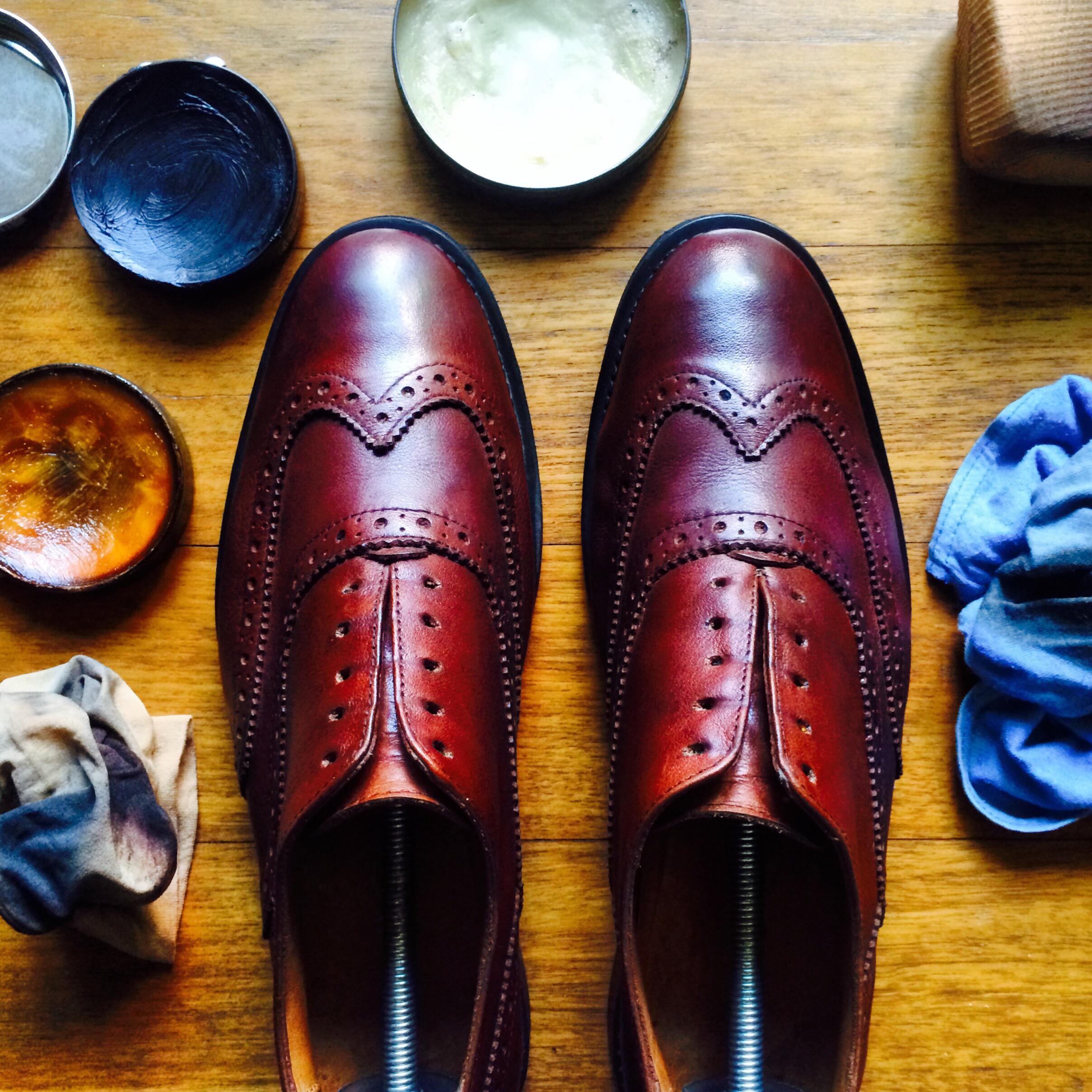
Not since I abandoned loons (for those readers too young to remember these 1970s fashion disasters, they were low-slung, bell-bottomed trousers), tie-dye T-shirts and platform boots in favour of classic English tailoring has my wardrobe experienced such a shake-up. The fact is that I have fallen under the Rasputin-like spell of a brilliant Florentine tailor, Paolo Romagnoli (I have been haunting the city ever since we enrolled the twins in the Canadian School here). A single fitting was all it took to persuade me that my existing suits were dowdy and had to go.
Paolo, aided and abetted by Rose, has switched me to softer fabrics, livelier linings and sharper cuts. The good news is that I now look so Italian that I am no longer bothered by the touts. The bad news is that it has brought about what might best be described as a crisi delle calzature. It has been clear for some time that narrower trousers with a slightly shorter break and black lace-ups do not mix. I had no problem giving away my bespoke suits, but when it came to retiring my brogues, I struggled.
Our relationship with shoes is surprisingly complex. They are what both connect us to and separate us from the earth. As 8th- century Buddhist monk Shantideva pointed out when he put on his shoes: it was as if he ‘covered the whole world in leather’. About 1,000 years later, Gerard Manley Hopkins lodged a similar complaint: ‘The soil/Is bare now, nor can foot feel, being shod.’ At school, we learnt about the Greek giant Antaeus, who was invincible as long as he stayed in physical contact with the ground.
"Before you judge a man, walk a mile in his shoes. After that, who cares? He’s a mile away and you’ve got his shoes"
Shoes are part of what it means to be human. They were invented, after all, 4,000 years before the wheel. No wonder that they feature in ancient myths — think of talaria, the winged sandals worn by Hermes — in phrase (‘if the shoe fits’, ‘dead men’s shoes’ and ‘comfortable as an old shoe’, for starters) and in fable (The Galoshes of Fortune, Puss in Boots and Cinderella).
In some cultures, empty shoes symbolise death, in others removing one’s shoes symbolises the act of giving up a legal right. Muslims, Sikhs and Hindus take off their shoes before entering a place of worship. Van Gogh had what might be described as his ‘shoe period’, painting and re-painting the subject. We even joke about them: ‘Before you judge a man, walk a mile in his shoes. After that, who cares? He’s a mile away and you’ve got his shoes.’ My grandfather, who took a size 14, was so worried that his children and grandchildren would have larger feet than he did that, in the 1930s, he commissioned dozens of size 15, 16 and 17 shoes, which he stored in a cedar-lined attic room.
The point is that I was finding it hard to part company with my footwear until this week, when, as a birthday treat, Rose took me to the 13th-century Palazzo Spini Ferroni, which for the past 100 years has been the home of shoemaker to the stars Salvatore Ferragamo. Here, with the help of Matteo Di Egidio, perhaps the most knowledgeable (‘Warhol favoured this design’; ‘These take more than 168 separate steps to make’; ‘Popular with politicians on their feet all day’) venditore in the world, I was eventually talked into a pair of brown (yes, brown in town!) loafers, to be worn with red socks from Gammarelli, purveyors of hosiery to the Pope. To misquote the Song of Solomon: ‘How beautiful are my feet in loafers.’
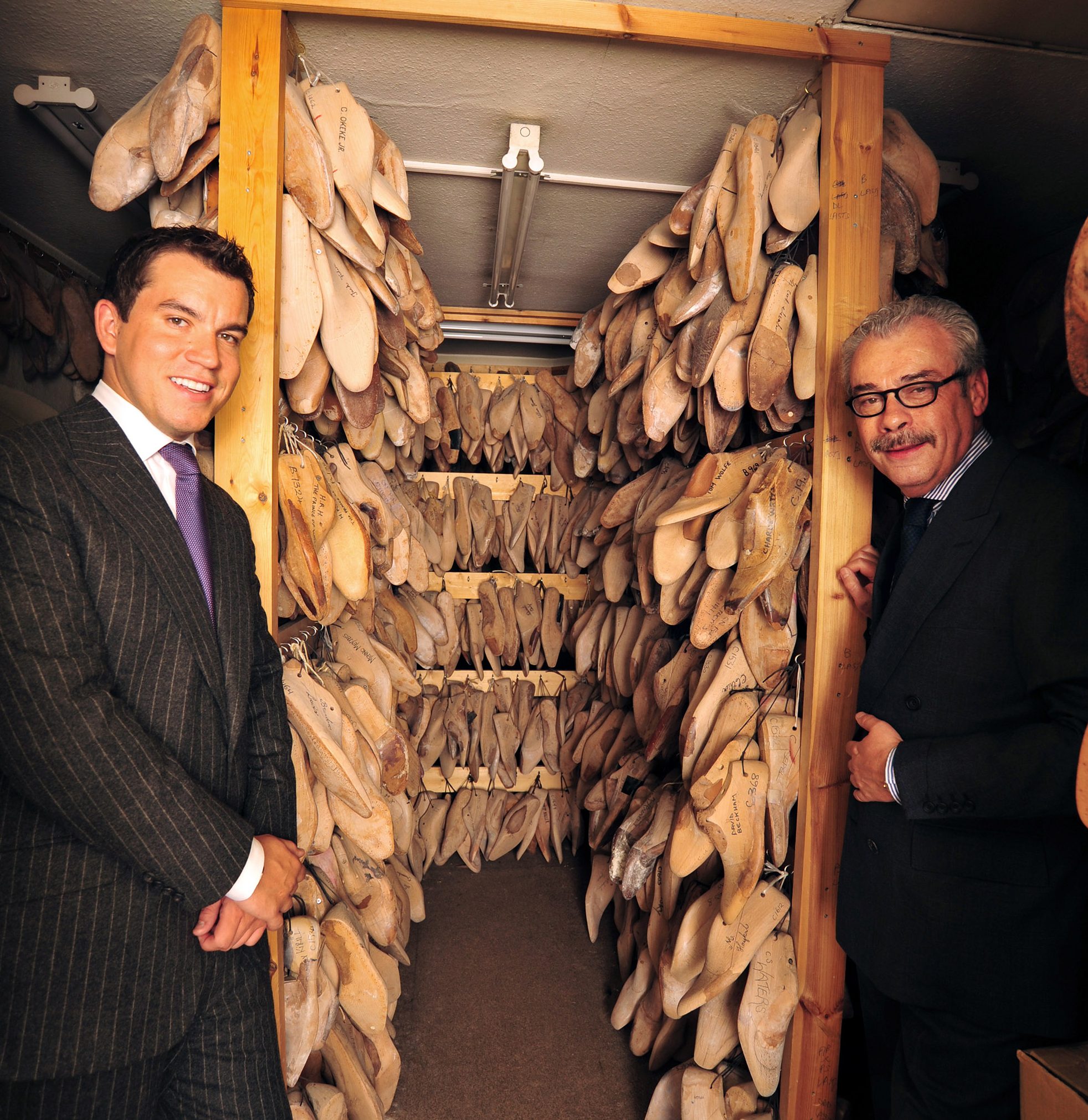
The master shoemakers who shod Churchill: 'Demand is through the roof, but it takes six to eight months to make a pair'
The co-owners of bespoke shoe shop George Cleverley, father and son George Glasgow Snr and George Glasgow Jnr, talk to
Exquisite houses, the beauty of Nature, and how to get the most from your life, straight to your inbox.
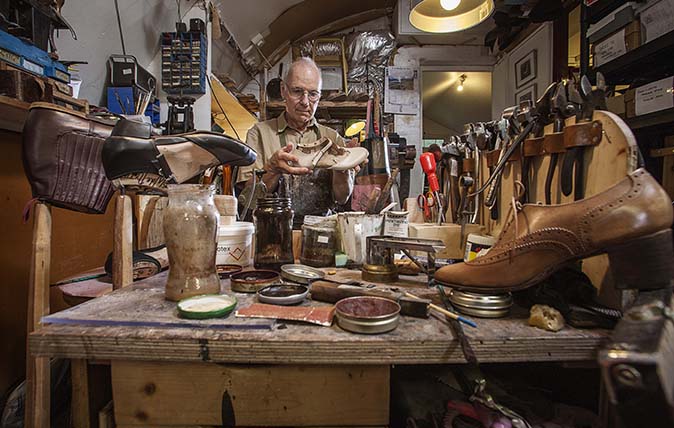
Orthopaedic shoe-making: The bridge between architecture and podiatry
John Goodall meets Bill Bird, who, having studied architecture at the Bartlett, now makes orthopaedic shoes.
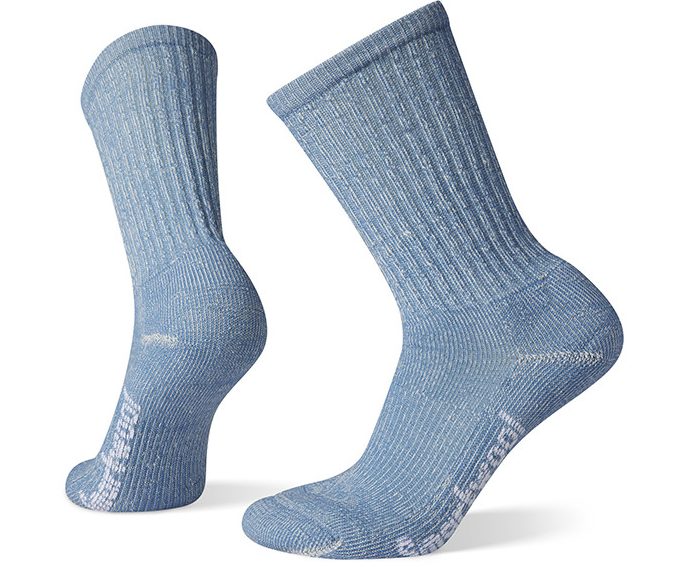
Credit: Smart Wool
The best socks for walking
If you didn't think socks could be technical, think again. Lydia Stangroom picks out the best walking socks on the
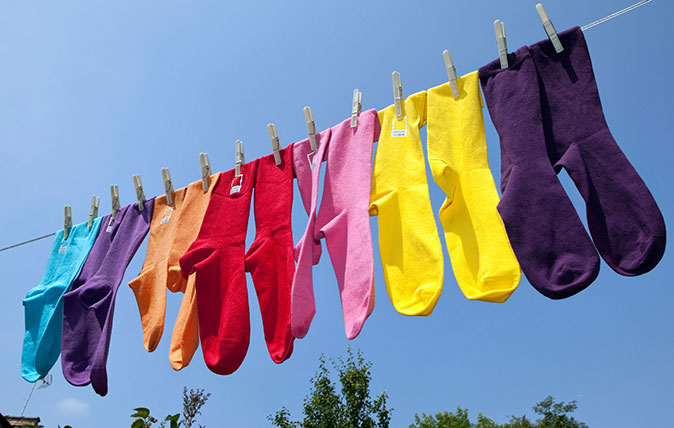
Why socks are the new ties – and what yours say about you
Two years ago, Country Life decried the wearing of lilac socks. But times change, and so do we: it's time
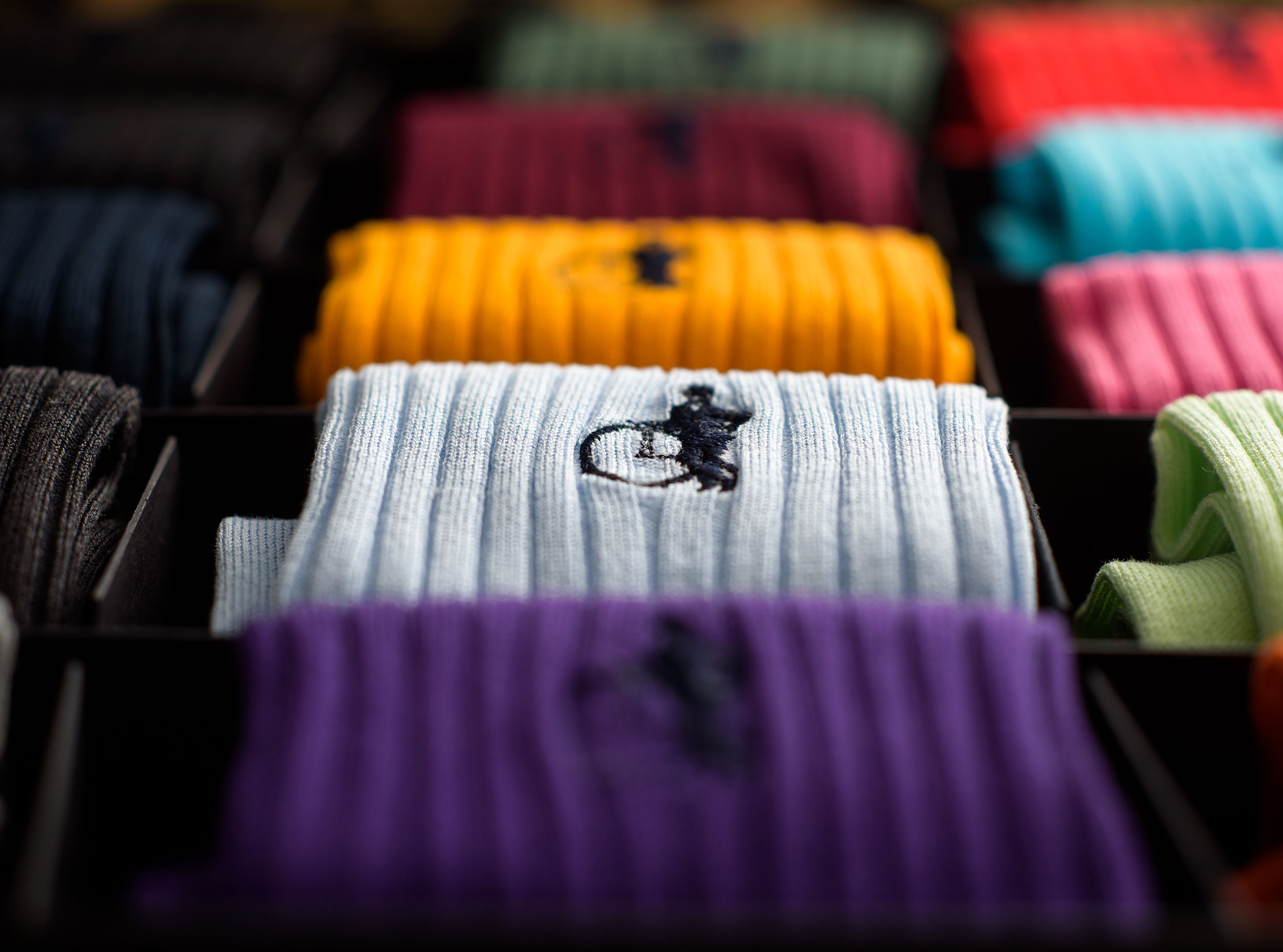
The transformative power of a really beautiful pair of socks
Good socks aren't just a practical necessity — they can be far more than that, as Ryan Palmer and Dave Pickard
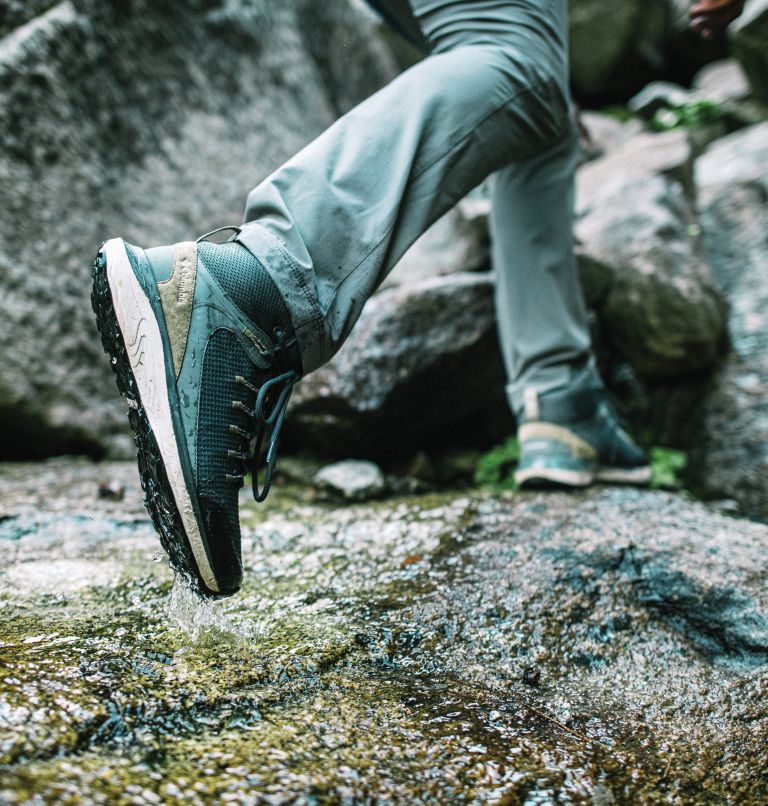
Credit: Columbia
The best walking shoes, hiking shoes and trail running shoes for men
After trying various jobs (farmer, hospital orderly, shop assistant, door-to-door salesman, art director, childminder and others beside) Jonathan Self became a writer. His work has appeared in a wide selection of publications including Country Life, Vanity Fair, You Magazine, The Guardian, The Daily Mail and The Daily Telegraph.
